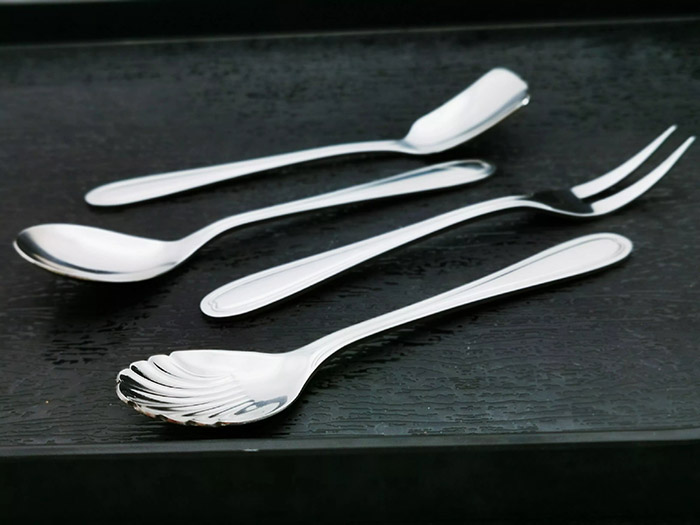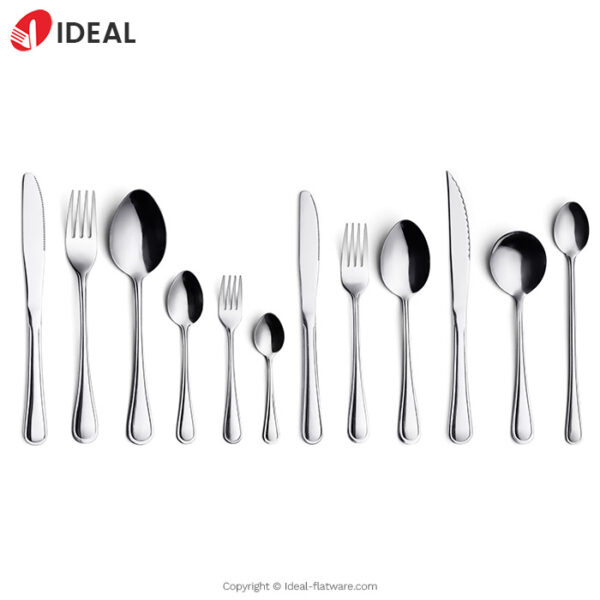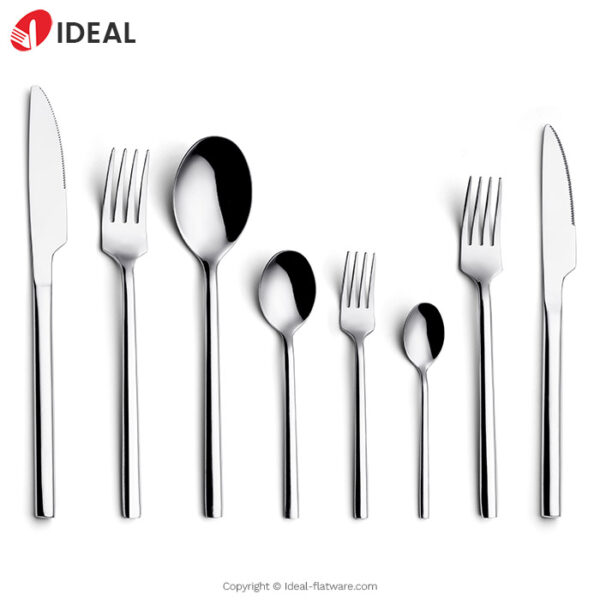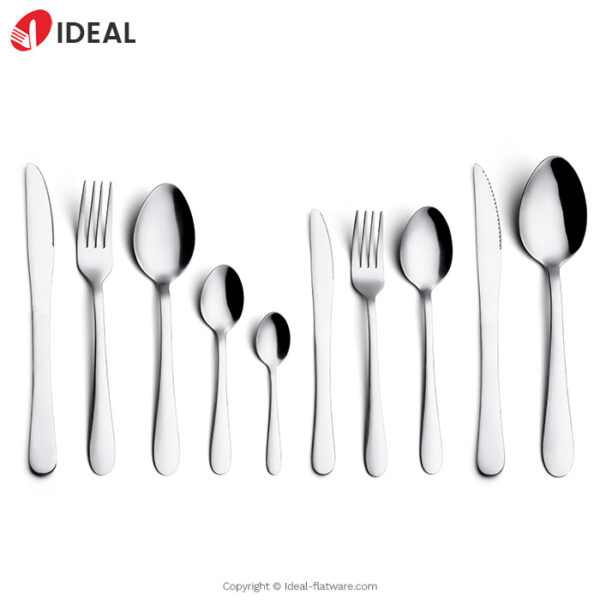The corrosion resistance of stainless steel varies according to grade.
Stainless steel stains less easily than other iron-based metals, although it’s not literally “stainless”. Stainless steel, like regular steel, can be damaged by fingerprints and grease, discolour, and finally rust. The distinction is one of resilience. Stainless steel can tolerate far longer time and abuse before wearing out.
304 and 316 are the two most prevalent stainless steel grades. The important distinction is the use of molybdenum, an alloy that significantly improves corrosion resistance, particularly in more salty or chloride-exposed situations.
Molybdenum is included in 316 stainless steel. 304 stainless steel is not one of them.
Stainless steel is a great corrosion-resistant material for outdoor furniture such as railings and bollards, but it will only sustain long-term exposure if the grade is acceptable for its environment. 304 is a cost-effective and practical alternative for most applications, although it lacks the chloride resistance of 316. In places with heavy chloride exposure, such as near the seaside or along highly salted streets, the somewhat higher price point of 316 is definitely worth it. Each stainless steel application has specific requirements and requires stainless steel that is suited to the task.
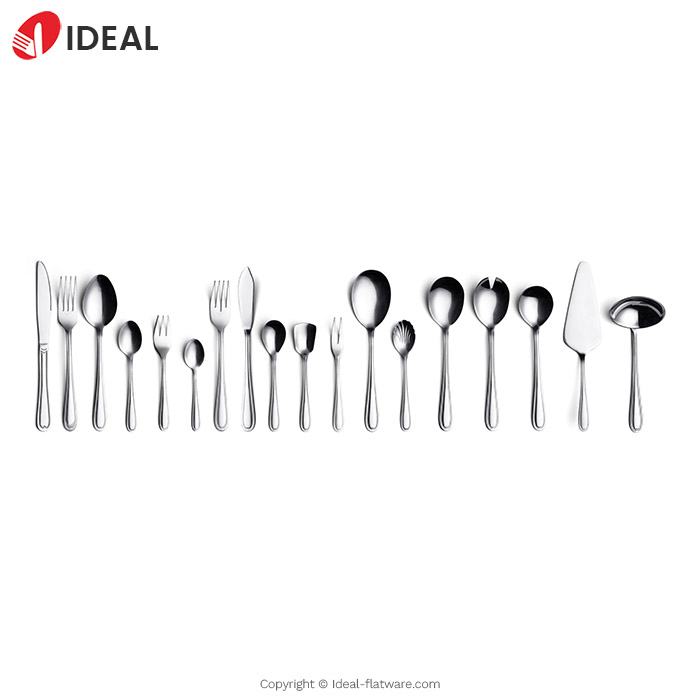
Stainless Steel 304
Because of its outstanding corrosion resistance and value, 304 stainless steel is the most often used kind of stainless steel worldwide. It comprises between 16 and 24% chromium, up to 35% nickel, and trace levels of carbon and manganese.
The most often used kind of 304 stainless steel is 18-8 (18/8) stainless steel, which includes 18% chromium and 8% nickel.
Because of its outstanding corrosion resistance and value, 304 stainless steel is the most often used kind of stainless steel worldwide.
Most oxidising acids can cause corrosion in 304. Because of its durability, 304 is easy to sterilise and so perfect for kitchen and food applications. It is also used in architecture, décor, and site furnishings.
One disadvantage of 304 stainless steel is that it is prone to corrosion from chloride solutions or saline settings such as the seashore. Chloride ions can cause localised corrosion, known as “pitting,” that can spread beneath protective chromium barriers and harm internal systems. Solutions containing as low as 25 ppm sodium chloride can begin to corrode.
304 stainless steel is commonly used in the following applications:
- Tanks for storage
- Finishing hardware and fasteners (screws, nuts, bolts, plates, handles)
- Pans and pots
- Residential sinks and sink accessories
- Architectural/decorative hardware for the home (panels, sculptures, sconces)
- Tubing for equipment
- Domestic appliances
Stainless Steel 316
316 stainless steel is the second most prevalent kind of stainless steel. It has nearly the same physical and mechanical qualities as 304 stainless steel and a comparable material composition. The main distinction is that 316 stainless steel contains around 2 to 3% molybdenum. The addition improves corrosion resistance, especially in the presence of chlorides and other industrial solvents.
Because of the extra molybdenum in 316 stainless steel, it is resistant to chlorides and other processing chemicals.
316 stainless steel is widely utilised in many industrial applications involving chemical processing, as well as in high-saline conditions such as coastal regions and outdoor places where de-icing salts are routinely employed. 316 stainless steel is also employed in the production of medical surgical tools due to its non-reactive properties.
Molybdenum levels in alternative 300-series grades can reach 7%. They give significantly stronger chloride resistance, however this is only required in industrial or high concentration exposure settings.
316 stainless steel is commonly used in the following applications:
- Industrial machinery as used in
- Pharmaceutical production
- Manufacturing of chemicals
- Chemical and industrial transportation
- vessels under pressure
- Pipes and cisterns for chemical purposes
- Non-surgical steel is used in medical equipment.
- Maritime gear
- Site furniture for outdoor use
- Commercial cooking facilities
- Production and preparation of food in saline settings
- Commercial equipment
Applications that are versatile
Nickel is used in both 304 and 316 stainless steels (as well as other 300-series grades) to retain an austenitic composition at low temperatures. Austenitic steels provide a varied blend of strength, workability, and corrosion resistance, making them suitable for outdoor architectural elements, surgical instruments, and food processing equipment.
The ultimate advantages of stainless steel are a long service life and an appealing, clean finish. Stainless steels that are properly cared for and cleaned have a minimal maintenance cost.
